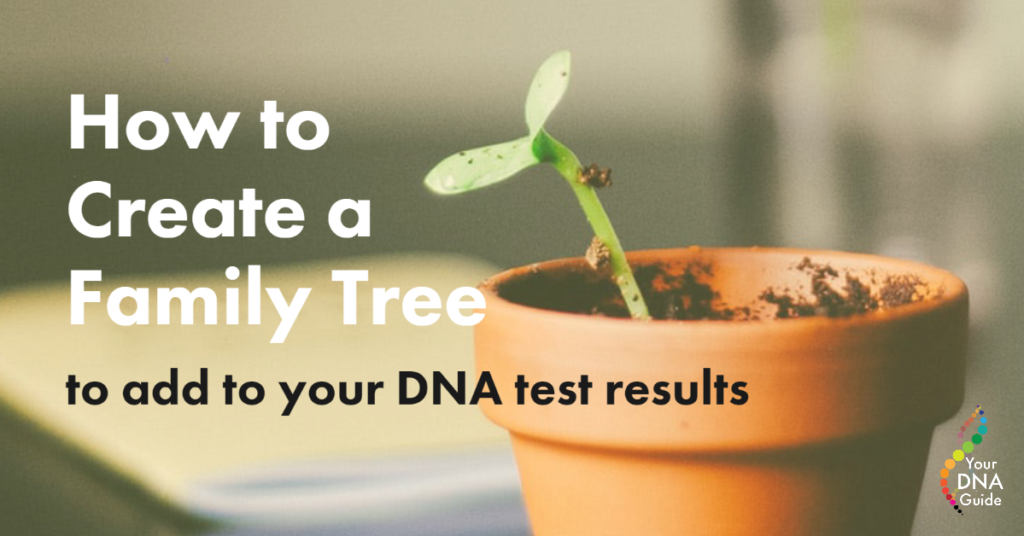
DNA matching works much better when your profile also includes a comprehensive family tree. This allows DNA consultants to find overlaps between your known family tree and your matches’ available ancestry more easily.
If you don’t have a family tree file yet, then here are three simple steps to creating one.
Step 1: Choose a tree-building platform
To make a family tree, you must first select a tree-building platform. There are two options. The first includes genealogical sites like Ancestry, MyHeritage, and Findmypast that offer tree-building tools in addition to DNA testing. You can either create a free account or subscribe to get started. In order to maximize the integration tools offered by these various platforms, it’s important to build your tree in the environment where your DNA is stored. Another important consideration is the size of the company’s database.
The second option is family history software, like FamilyTree Maker, or RootsMagic. If you select an application that has a free downloadable version, you can keep updating it offline. The for-fee applications have many more features than the free ones, so make your choice carefully. Once done, remember to upload the tree file to your testing site, so you can link it to your DNA test results.
Step 2: Fill in your family details
After setting up your account or software, it’s time to start filling in your tree. Begin with yourself, then your parents and grandparents. Enter key information including names, birth year, and birthplace. Other useful data includes the spouse’s name – and in the case of women, their maiden names – important dates, and locations. If the relative in question is deceased, then make sure to add the date and place of death as well.
Pro-tip: Keep your focus on biological relatives. This is to help the testing company identify the places in your family tree which overlap with your DNA matches. Since the end goal is to find DNA matches, it makes sense to build a biological family tree, or DNA Research Tree
Step 3: Research gaps in the family tree
By now you must have 2 or 3 generations recorded but the process doesn’t stop here. You must actively research the gaps in your tree, like ‘unknown’ relatives, missing data, indirect ancestors, and collateral relatives like cousins, uncles, and aunts. This can be achieved by interviewing family members or by careful online research. Other valuable sources of information include birth certificates, wills, and family keepsakes, such as bibles and letters.
Pro-tip: Build your family tree sideways. Most DNA testers believe that a tall tree with several generations will get more DNA matches. While this approach does help, having a wide tree is more effective as most of your DNA matches descend from your side (collateral) relatives.
Get expert traditional genealogy and family research services at DavisDNA.
If you need some help building a family tree, get expert DNA research assistance at DavisDNA & Family Research. With over 50 years of experience in the industry, our experts combine genetic genealogy services with traditional genealogical research to help you expand your family tree, uncover missing links, and learn more about your ancestry.
Contact us online or call at 727-280-6274 for more information.
